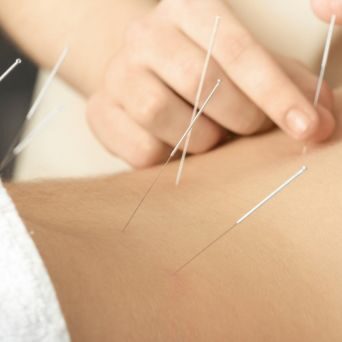Put an end to unnecessary pain
There is no reason to wake up on the morning feeling anything less than 100%, let us get you there.

Traditional Chinese medicine is a type of traditional medicine and treatments that originated in China. It combines various forms of treatment such as cupping, gua sha, and acupuncture. Acupuncture is a main component of Chinese medicine in which the practitioner inserts needles into the body to alleviate pain.
We combine skilled professionals, trained in a variety of leading techniques, with a personalized physiotherapy care plan in Surrey & Vancouver designed specifically for you.